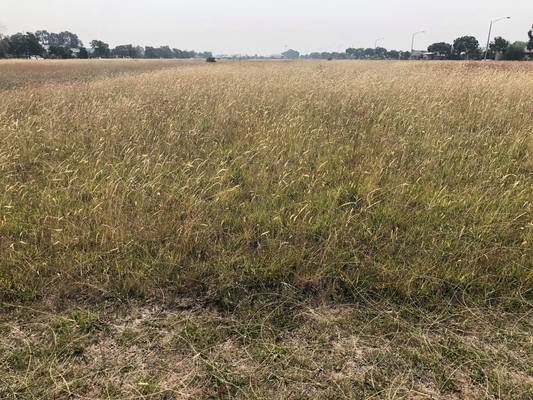
By Mitchell Clarke
Residents across Cardinia are becoming growingly concerned about fuel loads throughout the shire and have called on council to take action.
One particular location of concern is the Pakenham Native Grassland Reserve, which is situated between Arden Avenue and Webster Way.
Neighbouring residents have voiced their concerns, frustrated at the lack of action being taken to maintain the unkempt grass.
“This is such a fire hazard and with so many fires out in East Gippsland you’d think they would want to keep risk down,” resident Amy Fussel said.
“It’s quite long, at least knee high and it’s very dry.”
It’s understood the field has been on fire in the past, after catching alight from a cigarette butt, and residents are concerned about the prospect of a repeat incident.
“The perimeter outside the fence and also a small strip inside the fence and near the paths get mowed about six times a year, but the main field gets mowed once a year,” Ms Fussel said.
“I’ve lived here for nine and a half years and it’s getting frustrating.”
The Gazette understands the reserve includes one of the “rarest native plant communities” within the shire and is declared as “critically endangered”.
The grassland ecosystem, which is about 1000 metres wide, is predominantly made up of native orchids, herbs, grasses and flowers, and according to Cardinia Shire Council, the protection and enhancement of the natural heritage is of critical importance.
“This area is subject to annual maintenance that mimics Indigenous burning and safely reduces fuel loads,” council’s operations manager Ben Wood said.
“Once the grasses have set seed, they are cut and baled.
“Regular roadside mowing of the vegetation along the road network around the perimeter of the grasslands also provides a firebreak.”
However, there is some relief in sight, with council confirming to the Gazette that they were “currently arranging” to cut and bale the grass at the reserve.
“This will commence once the Indigenous grasses have seeded,” Mr Wood said.
“This timing can vary slightly from year-to-year and will occur between late January and March.”






